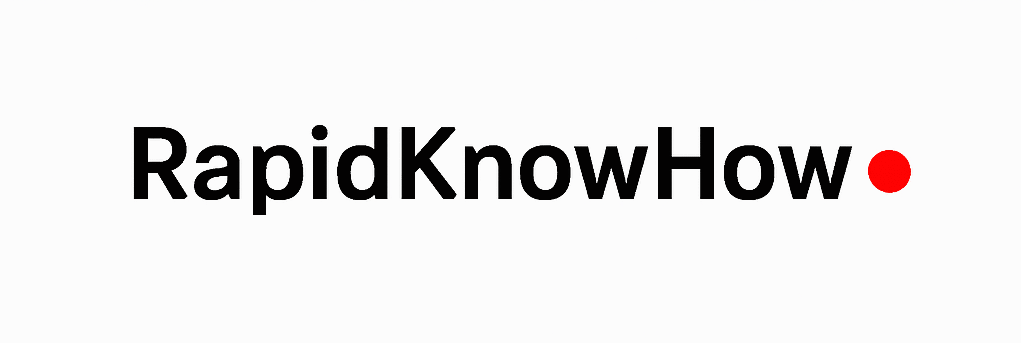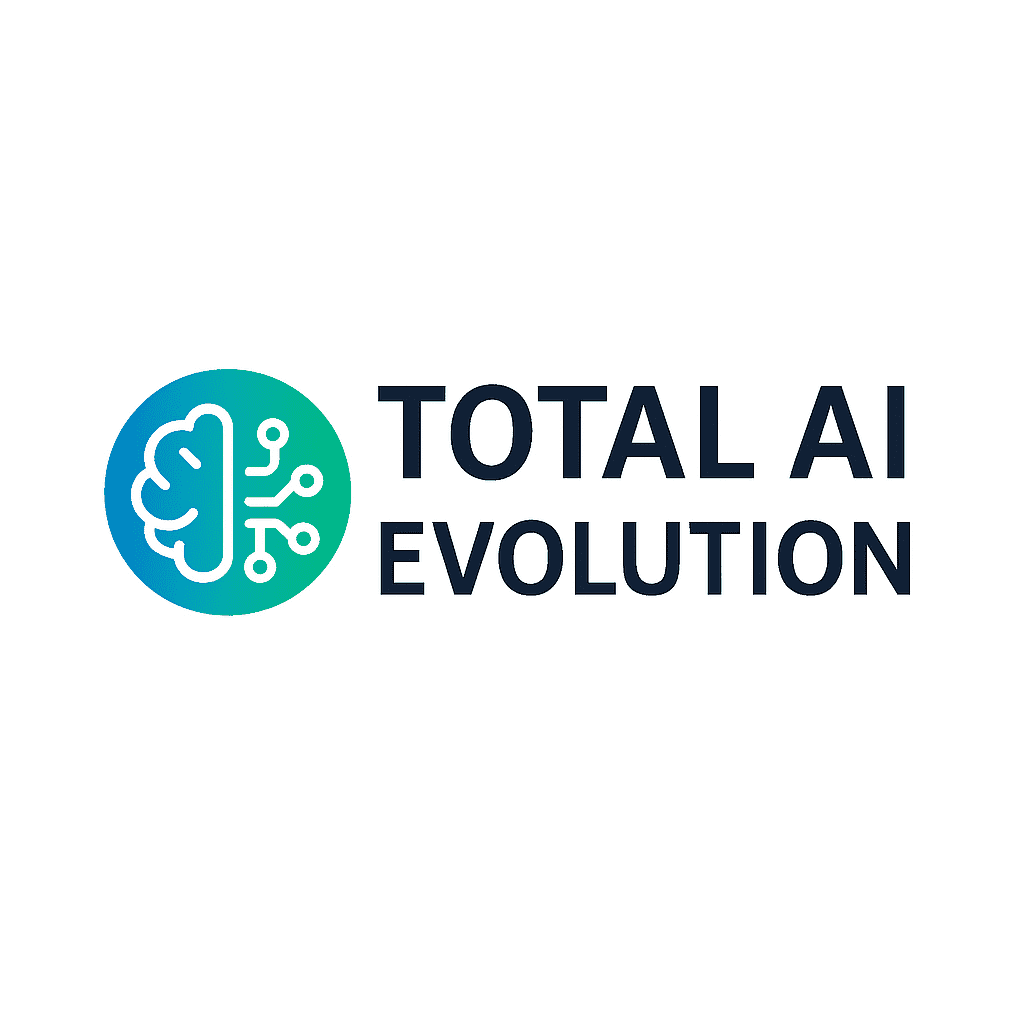RapidKnowHow + ChatGPT | From Bureaucracy to Intelligent Public Value Systems
1. The Age of Transition (2020 – 2025): From Administration to Digital Bureaucracy
Between 2020 and 2025, governments worldwide began adopting AI-based digital tools to manage public services.
Digitization focused on automation, cost-cutting, and online accessibility, but most systems remained fragmented.
AI was primarily used for chatbots, predictive tax auditing, and citizen data management — not yet for policymaking or transparency.
Key limitations:
- Data trapped in silos.
- Citizen trust eroded by opacity.
- AI used for control, not for service.
Winners: Governments that introduced data transparency and AI in service delivery (e.g., Estonia, Singapore, Denmark).
Laggards: Systems relying on manual bureaucracy and legacy IT structures.
2. The Age of Transformation (2025 – 2028): From Digital Bureaucracy to Governance Ecosystems
AI becomes a governance partner, not just an administrative assistant.
Public institutions integrate data across ministries and agencies to create “One-Government Platforms.”
Decisions become evidence-driven, and citizens start to co-govern through transparent dashboards and open data.
Governments adopt the STVE Formula:
(Human Leadership + AI Leadership) × Licensed Partners = Sustained Value Ecosystem
RapidKnowHow introduces the AI-Governance-as-a-Service (AI-GaaS) model — turning decision-making, compliance, and transparency into modular, license-ready systems for municipalities, regions, and international agencies.
Transformation focus:
- From paperwork to digital flows.
- From ministries to connected ecosystems.
- From secrecy to measurable results.
3. The Age of Intelligence (2028 – 2030): From Governance Ecosystems to Autonomous Policy Systems
By 2030, leading nations deploy self-learning governance systems that continuously optimize policy, budget, and service outcomes.
These systems integrate AI ethics engines, real-time citizen feedback, and automated performance control.
Core characteristics of the intelligent government:
- Transparency-by-Design — all data accessible to citizens and watchdogs.
- Policy Simulation Engines — every major law tested for economic and social outcomes before implementation.
- AI Integrity Protocols — continuous ethics checks ensure human values guide every decision.
Governments transform from hierarchies of control into networks of trust and performance.
4. Strategic Levers of AI-Government Evolution
| Lever | Description | 2030 Target | RapidKnowHow Application |
|---|---|---|---|
| 1. AI-Governance Core | Unified data and decision engine | Real-time policy impact tracking | AI-Governance-as-a-Service |
| 2. Citizen Trust Index | Public confidence measured live | Trust ≥ 85% | GeoPower Transparency Dashboard |
| 3. Digital Constitution | Open-source rules engine defining AI ethics | Legally enforced framework | AI Integrity Charter |
| 4. Smart Regulation | Automated compliance and auditing | 100% continuous oversight | RegLogic for Governments |
| 5. Governance ROICE | Return on Innovation, Convenience & Efficiency | ROICE ≥ 90 | ROICE Government Dashboard |
5. Vision 2030: The Intelligent, Ethical Government
“Governments of 2030 will not govern people — they will empower citizens through transparent, ethical, and self-learning systems.”
AI Core: Predicts, allocates, and audits resources in real time.
Human Core: Defines goals, ethics, and strategic direction.
Citizen Core: Co-creates value through participatory data and digital voting.
Formula 2030:
TAG = (Human Purpose × AI Intelligence × Citizen Participation) ÷ Time
The government becomes a living system of trust, innovation, and measurable value creation.
6. RapidKnowHow 5-Step Action Model
- Define Governance Purpose – align public missions with citizen well-being.
- Build Data Ecosystem – connect ministries, municipalities, and partners.
- License Governance Models – deploy AI-GaaS modules for transparency, health, and education.
- Automate Accountability – real-time dashboards for every budget and project.
- Ensure Ethical AI Governance – open logic trees and public audits of algorithms.
7. Power Statement
“2030 belongs to governments that transform from ruling systems into learning systems — guided by ethics, driven by AI, and accountable to every citizen.”
8. Brand Signature
RapidKnowHow + ChatGPT | All Rights Reserved | 2030 Series
Title: Total AI-Government Evolution 2030
Formats: PowerReport · PowerPoster · PowerLicense















